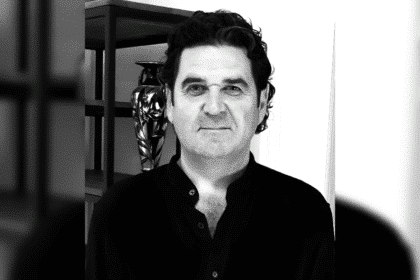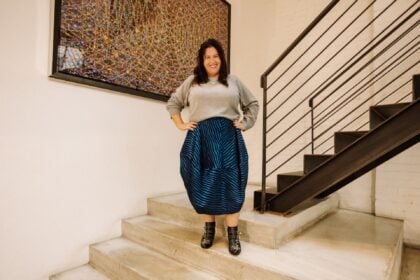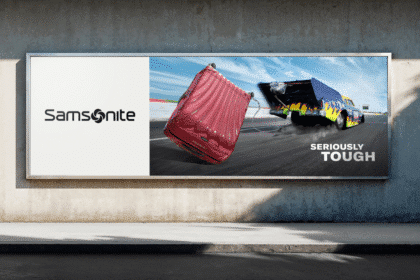In an inspiring session at the TikTok Garden during the Cannes Lions Festival of Creativity, industry leaders and innovators gathered to discuss the powerful intersection of creativity, purpose and business outcomes.
In a session moderated by Denny Handlin, head of global business marketing at TikTok AUNZ, panellists including Paralympian Dylan Alcott AO, Loren Bradley, executive producer at Finch, Kalpesh Patanker, chief creative officer at Leo Burnett UAE and Dan Paris, chief product and growth officer at Dentsu Creative APAC explored whether what is good for business is actually food for the world.
The session kicked off with a simple but thought-provoking question, “What if?” These two words, described by the panel as an incredibly powerful gambit, set the tone for the discussions. They encapsulate the potential of simple yet transformative ideas to connect brands with communities and drive meaningful, lasting change.
TikTok for Good Launchpad: A Platform for Purpose
The TikTok for Good Launchpad was developed to help brands leverage TikTok for social good. The panellists highlighted several successful campaigns that underscored the platform’s ability to blend creativity, purpose and real business outcomes.
Handlin touched on one notable campaign, TBWA’s “Classify Consent” for Consent Labs. This award-winning work classified moments of consent on TikTok. This initiative led to ongoing discussions with the Australian Classification Board, exemplifying how creative ideas on TikTok can influence broader societal norms and regulations.
Real-World Impact: GiveWrap Campaign
The GiveWrap campaign was another significant highlight, showcasing how creativity on TikTok can drive substantial business results and social impact. This campaign achieved a 300% year-over-year increase in sales and went viral twice on the platform. Its success has led to GiveWrap being stocked on Amazon North America, marking its global expansion.
Inclusion and Representation: Dylan Alcott’s Vision
Alcott shared his insights on diversity, accessibility and inclusion, emphasising the importance of integrating people with disabilities into the economic conversation. His initiative, Shift 20, aims to increase the representation of disabled talent in the advertising industry from just one per cent to 20 per cent, aligning it with the number of people living with disabilities in Australia. Alcott highlighted the importance of listening to and learning from the lived experiences of people with disabilities, stressing that representation is not just good for society but also good for business.
Dylan Alcott further discussed how TikTok has become a vital platform for amplifying voices within the disability community. He shared that it allows people with disabilities to present their authentic selves without the risk of being misrepresented. Interestingly, his ultimate vision for the success of the Shift 20 campaign is that this conversation should be “redundant” in years to come.
Using AI for Good: The Face of Courage Campaign
Dentsu Creative’s Paris, meanwhile, presented the “Face of Courage” campaign for The Foundation for Media Alternatives, which used AI to address domestic violence in the Philippines. This campaign employed deepfake technology to tell the story of a Filipino woman, aiming to break the culture of silence around domestic violence. Despite its technical imperfections, the campaign has reached over 36 million people through just four posts, demonstrating TikTok’s impressive capability to generate reach.
Amplifying Marginalised Voices: The Reluctant Shanty
Loren Bradley discussed “The Reluctant Shanty,” created by BMF and TikTok for the United Nations High Commissioner for Refugees designed to tell the stories of refugees and boat people in Australia. This project used the sea shanty format — already a popular niche on TikTok — to give refugees a voice and was brought to life with a ‘mobile first’ approach using TikTok’s platform.
Addressing the Gender Pay Gap: Makeup for the Pay Gap
Patanker shared the “Makeup for the Pay Gap” campaign, created for ItsHerWay, a UAE female entrepreneur network, which used makeup tutorials to highlight the gender pay gap. By targeting the makeup tutorial community on TikTok, the campaign effectively raised awareness about the issue, leveraging the platform’s ability to connect with highly targeted and specific communities.
Authentic Storytelling and Community Engagement
Throughout the session, a recurring theme was the importance of authentic storytelling and engaging with communities. TikTok’s tools, such as its multilingual features, enable brands to connect with audiences in their own languages and cultural contexts. This community-centric approach is what sets TikTok apart as a platform for real storytelling and meaningful impact.
The session concluded with insights from each panellist on how to maximise the potential of TikTok for social good. The consensus was clear: collaboration with TikTok from the beginning of a project, authenticity within the community, and continuous innovation are key to leveraging the platform’s full potential. Alcott summed it up poignantly, noting that when he embraces vulnerability in his storytelling, it resonates widely and goes viral, underscoring the power of accessible, authentic narratives.
The “TikTok for Good Launchpad” session at Cannes Lions highlighted that through creativity and purposeful campaigns, brands can indeed make a significant positive impact on society while achieving real business outcomes.
Reporting by Chloe Noel De Kerbrech.








